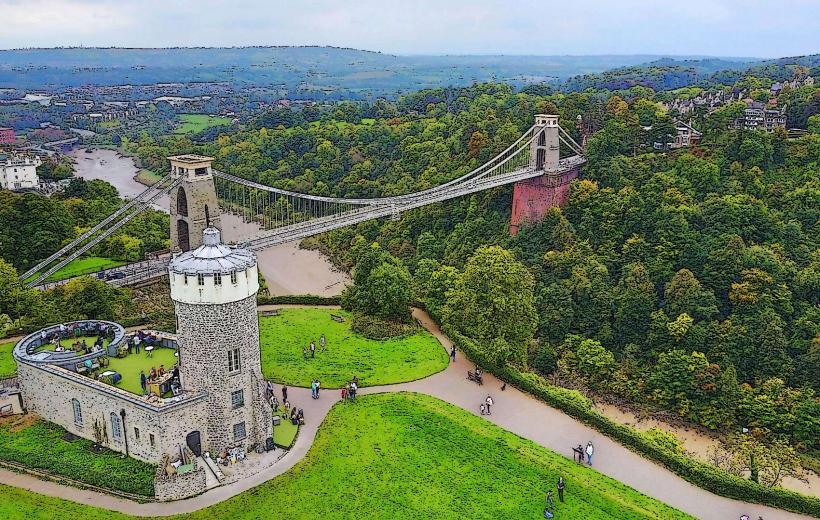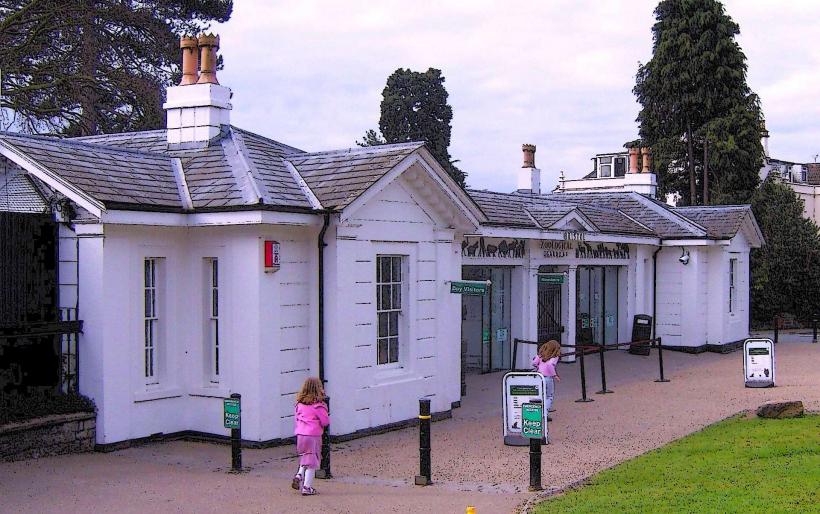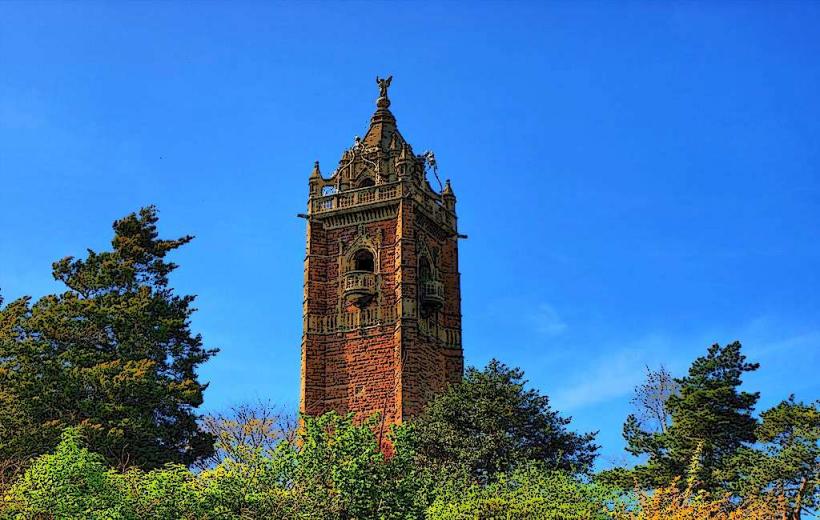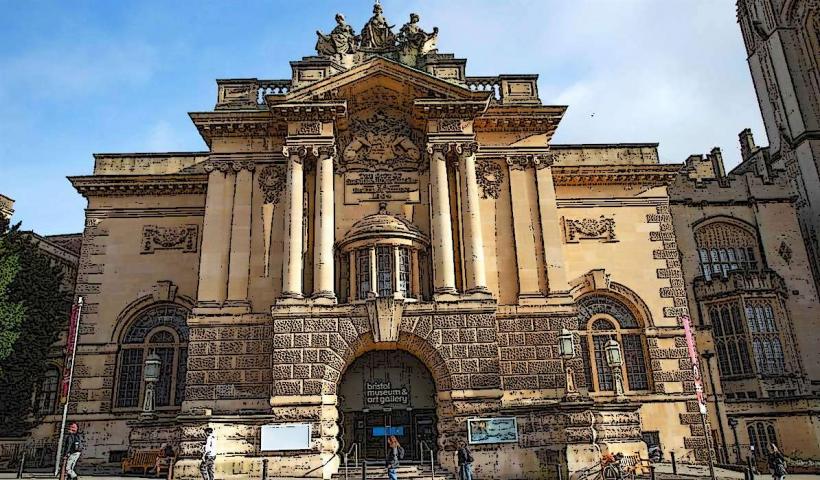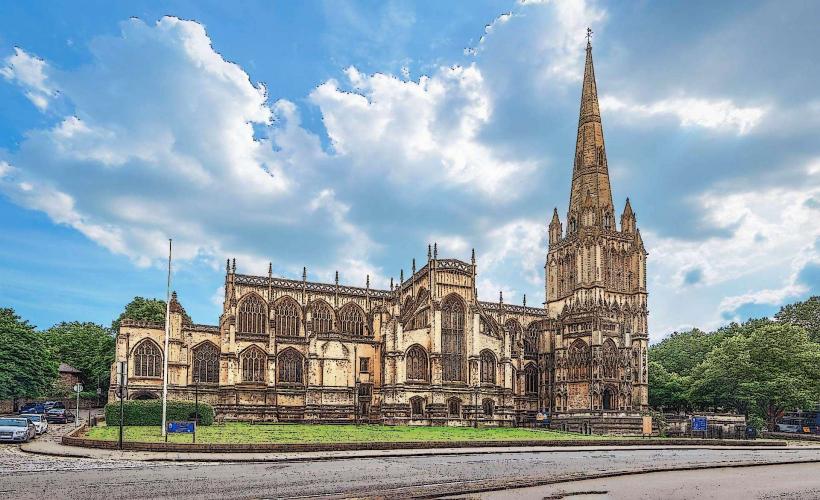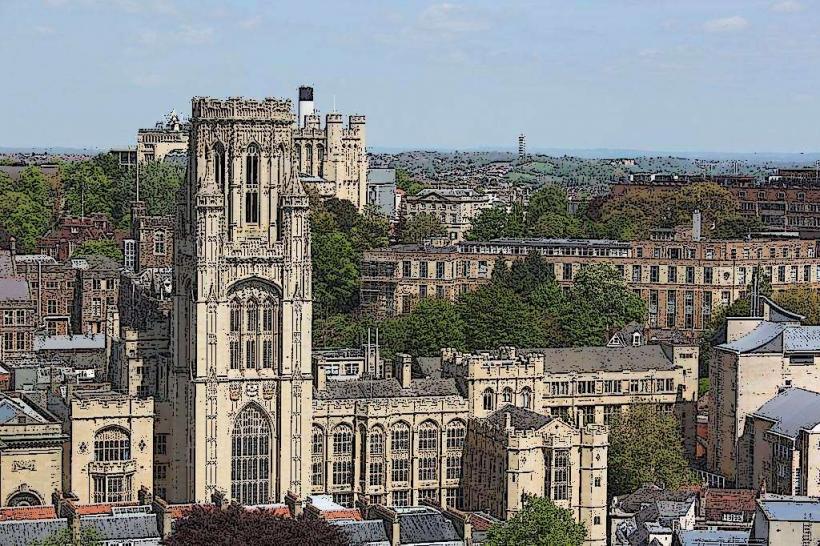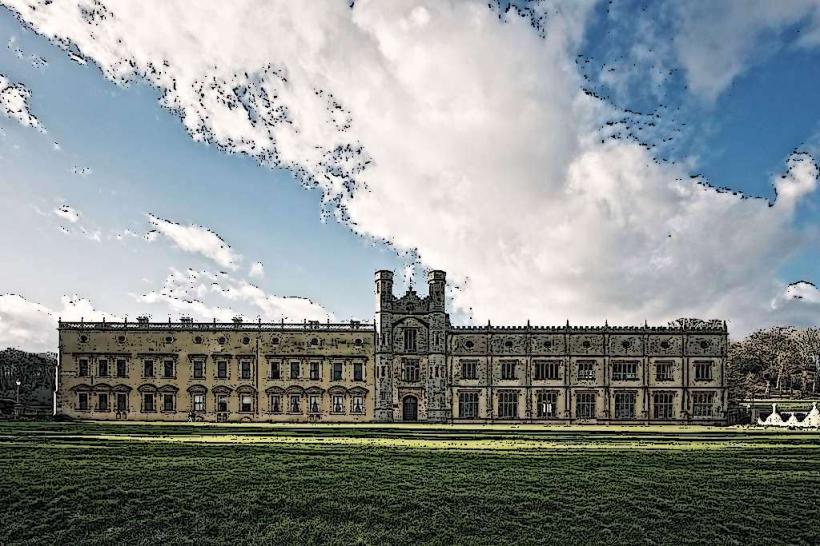Information
Landmark: Bristol CathedralCity: Bristol
Country: United Kingdom
Continent: Europe
Bristol Cathedral, officially known as the Cathedral Church of the Holy and Undivided Trinity, is a magnificent medieval cathedral located in the heart of Bristol, England. Known for its stunning architecture and rich history, it is one of the most important landmarks in the city and a significant example of English Gothic architecture.
History and Origins
The origins of Bristol Cathedral date back to the early 12th century. Originally founded as a monastic church for the Bristol Abbey, the cathedral was established on the site of a previous Anglo-Saxon church. The abbey was a Benedictine foundation, and its church was built to serve both the monastic community and the surrounding population.
Foundation: The Benedictine Abbey was founded in 1140 by the Norman bishop, Robert of Gloucester, and the church was built in the Romanesque style, typical of the period. The abbey flourished during the medieval period, with the church being expanded and altered over time.
Transition to Cathedral: Following the Dissolution of the Monasteries by Henry VIII in the 1530s, the abbey was disbanded, and the church became the cathedral for the newly established Diocese of Bristol in 1542. This transition from an abbey to a cathedral marked the beginning of its religious role in the community.
Renovation and Expansion: The cathedral’s construction and modifications continued throughout the centuries, with significant changes made during the Gothic period in the late 13th century. The cathedral’s most recognizable features, such as its stunning vaulted ceilings, flying buttresses, and tower, were added during this period. The tower was completed in 1320, although the final form of the cathedral was achieved in the 19th century with additional restoration and expansions.
Architectural Features
Bristol Cathedral is known for its beautiful Gothic architecture, blending medieval design with later additions and restorations. Some of its most impressive features include:
1. The Nave
The cathedral’s nave is one of its most striking features. The large, open space is lined with tall columns, with vaulted ceilings that showcase the craftsmanship of the period. The wooden pews and stained glass windows along the nave enhance the peaceful and awe-inspiring atmosphere of the cathedral.
2. The West Front
The west front of the cathedral is a fine example of Gothic architecture, with elaborate carvings and large rose windows. This entrance façade has been carefully preserved, and its detailed stonework depicts scenes from biblical stories, as well as representations of saints and angels.
3. The Chapter House
The Chapter House, located on the south side of the cathedral, is a unique feature. Originally built in the 14th century, this space was used by the cathedral’s clergy for meetings. It has an impressive vaulted ceiling and fine stone carvings. The Chapter House is also home to some of the cathedral's most significant historic archives.
4. The Cloisters
The cloisters are located on the south side of the cathedral and were originally part of the monastery. The medieval cloisters are a serene area, with stone arches and beautiful gardens. These open spaces were once used by the monks for walking, meditating, and prayer.
5. The Transept and Choir
The transept and choir areas are integral parts of the cathedral’s design, with the choir being the main area where the clergy and choir perform during services. The choir itself is adorned with stunning woodwork and stained glass windows. The organ, located at the west end of the choir, is an important part of the cathedral’s musical tradition.
6. The Tower
The cathedral's tower is one of the tallest structures in Bristol, standing at 49 meters (160 feet). It is a prominent feature in the city’s skyline and has been a significant part of the cathedral since its completion in the 14th century. The tower is visible from various parts of the city and adds to the cathedral’s grandeur.
Interior and Furnishings
Inside the cathedral, visitors can admire many works of art and historic furnishings:
Stained Glass: Bristol Cathedral boasts a remarkable collection of stained glass windows, many of which date back to the medieval period. The windows depict scenes from the Bible and the lives of saints. Some of the windows were restored in the Victorian period and remain a highlight of the cathedral’s interior.
The Organ: The cathedral's organ, located in the choir, is renowned for its sound and has been a significant part of its musical history. It is regularly used for services and concerts.
The High Altar: The high altar, at the far east end of the cathedral, is beautifully adorned and the focal point for worship and ceremonies. The altar is used during services and features a stone reredos depicting scenes from the life of Christ.
The Font: The baptismal font is situated near the entrance to the cathedral. It is used for baptisms and is often the first feature visitors encounter when entering.
Cultural and Religious Significance
Bristol Cathedral continues to play an important role in the religious and cultural life of the city:
Religious Services: As a cathedral, it remains a center of Christian worship, with daily services and special events throughout the year, including weddings, baptisms, and funerals. Major festivals, such as Christmas and Easter, are marked with special services.
Music and Concerts: The cathedral has a long-standing tradition of choral music, with its choir being one of the most respected in the UK. It is regularly involved in hosting concerts, organ recitals, and musical festivals. The Bristol Cathedral Choir is renowned for its high-quality performances and contributes to the rich musical life of the city.
Education and Outreach: Bristol Cathedral is also involved in educational programs, working with schools and community groups to promote its historical and religious significance. The cathedral hosts educational workshops and tours for students and visitors alike.
Cultural Events and Festivals: Beyond religious functions, the cathedral hosts cultural events such as art exhibitions, historical talks, and literary events. The cathedral is also part of the wider Bristol Festival, contributing to the city’s cultural scene.
Restoration and Preservation
Throughout its history, Bristol Cathedral has undergone numerous phases of restoration and preservation to maintain its beauty and structural integrity. The most significant restorations took place in the Victorian era, during which the cathedral underwent extensive repairs, particularly to its stained glass windows and stonework.
In the modern era, ongoing restoration efforts ensure that the cathedral remains open and accessible to visitors while preserving its historical features for future generations. Regular maintenance ensures that the structure stays safe and intact for worshippers, visitors, and the wider community.
Visitor Experience
Today, Bristol Cathedral is a popular destination for both tourists and worshippers:
Guided Tours: The cathedral offers guided tours, providing visitors with insights into its rich history, architecture, and religious significance. These tours are available throughout the year and can be tailored to specific interests, such as its Gothic architecture or role in local history.
Visitor Facilities: The cathedral has a visitor center with information about the cathedral’s history, as well as a gift shop and café, where visitors can relax and enjoy the surroundings.
Access: Bristol Cathedral is open to the public for most of the week, except during services or special events. It is wheelchair accessible and offers various facilities for people with disabilities.
Legacy and Influence
Bristol Cathedral stands as a symbol of the city’s long history and its role as an important center of Christianity, culture, and education. Its combination of architectural grandeur, historical importance, and cultural engagement makes it one of the most cherished landmarks in Bristol and a key part of Britain’s religious and architectural heritage.

